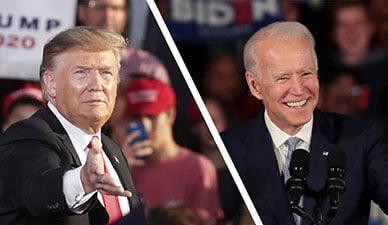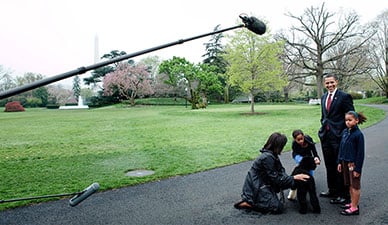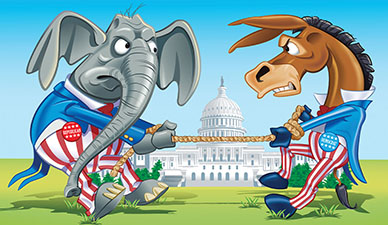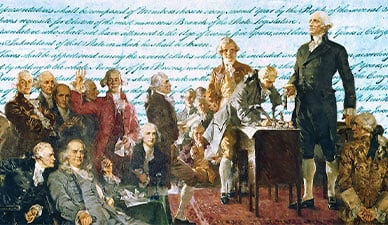Teens can do a lot to change the world. They can start food drives. They can pick up litter. They can donate money to causes they believe in.
There is one thing younger teens can’t do to change the world. They can’t vote. People must be at least 18 years old to vote in most elections in the United States.
But that might change soon in San Francisco, California. In November, city residents will vote on whether to let 16- and 17-year-olds vote in local elections.
A handful of smaller cities already let young teens vote in local elections. But San Francisco would be the first big U.S. city to do it.
Should 16- and 17-year-olds be allowed to vote? Here are both sides.
In many states, 16-year-olds can drive and get a job. They must pay taxes on their earnings. But what’s one thing most of them are not allowed to do? Vote. That’s because the 26th Amendment to the U.S. Constitution sets the voting age at 18. (Prior to ratification of the Amendment in 1971, most Americans had to be at least 21 to vote.)
Some teens think the current voting age is unfair—and they’re pushing for change. Their efforts have succeeded in a handful of U.S. cities. For example, Berkeley, California, and Takoma Park, Maryland, both let 16-year-olds vote in local elections.
Now, voters in San Francisco, California, are considering lowering the voting age too. In November, residents will vote on whether to allow 16- and 17-year-olds to cast ballots in local elections. If the measure passes, San Francisco will become the first major U.S. city to lower its voting age to 16.






